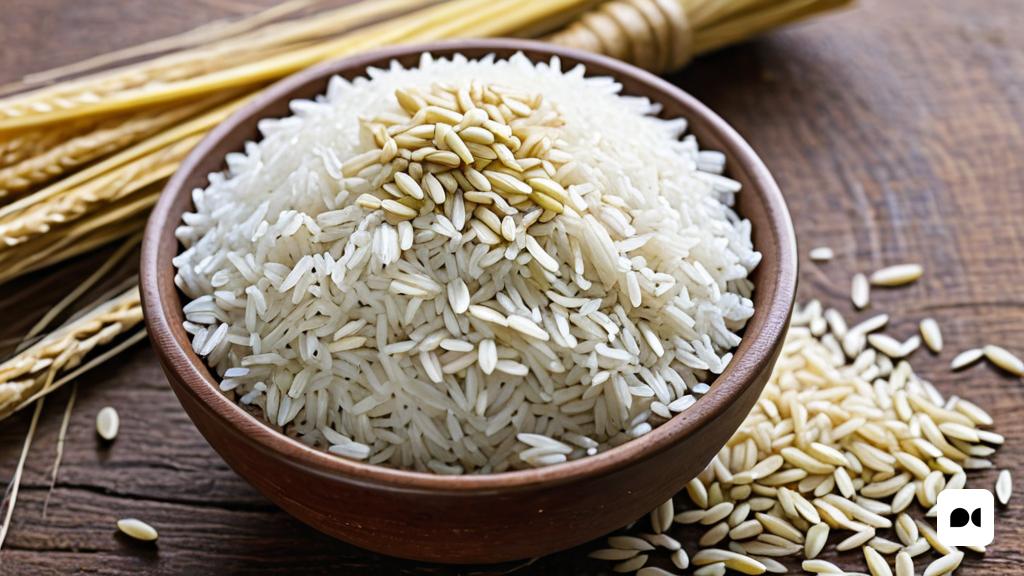New study reveals worrying levels of arsenic
Recently, the Organisation of Consumers and Users (OCU) has released alarming findings regarding the amount of arsenic in various types of rice. This metalloid, which is found in rice due to the way the plant absorbs it from soil and water, is linked to multiple serious health problems, including skin disorders, metabolic difficulties, risk of diabetes, heart disease and, in extreme cases, cancer.
Details of the analysis and its findings
The study carried out by the OCU covered 136 rice samples that can be found in supermarkets, in order to evaluate the levels of arsenic present in each of them. From the results obtained, it stands out that brown rice is the variety with the highest concentration, reaching a worrying average of 131 micrograms per kg.
Comparison of rice varieties
The analysis discriminates between the different types of rice tested. Parboiled rice emerged as the safest option, containing just 38 micrograms per kg. In contrast, long-grain white rice averaged 49 micrograms per kg and short-grain rice averaged 54 micrograms per kg. Levels of 59 and 60 micrograms per kg were also documented for basmati and parboiled rice, respectively.
Recommendations for rice consumption
Based on these results, the OCU suggests that a 75kg adult could consume up to 171g of brown rice and 162g of rice cakes daily without exceeding the safety limits. However, these quantities are usually higher than what is typically served in a portion, which is usually around 60g.
The situation of children and baby food
The risk is greater in children and adolescents due to their lower body weight. A child weighing 10 kg could, in theory, consume only 3 g of brown rice or 2.7 g of pancakes daily. Added to this is the discovery that certain baby cereals also have levels of arsenic that could put the little ones at risk.
Arsenic toxicity and its origin
Arsenic is known to be one of the ten most harmful chemical compounds for public health. Despite its natural presence in the environment, especially in soil and water, its accumulation in rice is alarming. This element occurs in two forms: inorganic and organic, the first being the most dangerous and predominant in rice crops.
Impact of arsenic on public health
Exposure to inorganic arsenic has been associated with numerous health problems, such as skin damage, metabolic disorders, diabetes, cardiovascular disease and, ultimately, cancer. The World Health Organization (WHO) has classified arsenic as one of the most dangerous agents for health today.
Conclusions and dietary changes
In light of the findings, the OCU emphasises the importance of diversifying the diet to reduce risks, advising not to rely exclusively on rice. It suggests opting for varieties with lower concentrations of arsenic, such as parboiled rice or basmati, and avoiding the most problematic options such as wholemeal rice and cakes.

